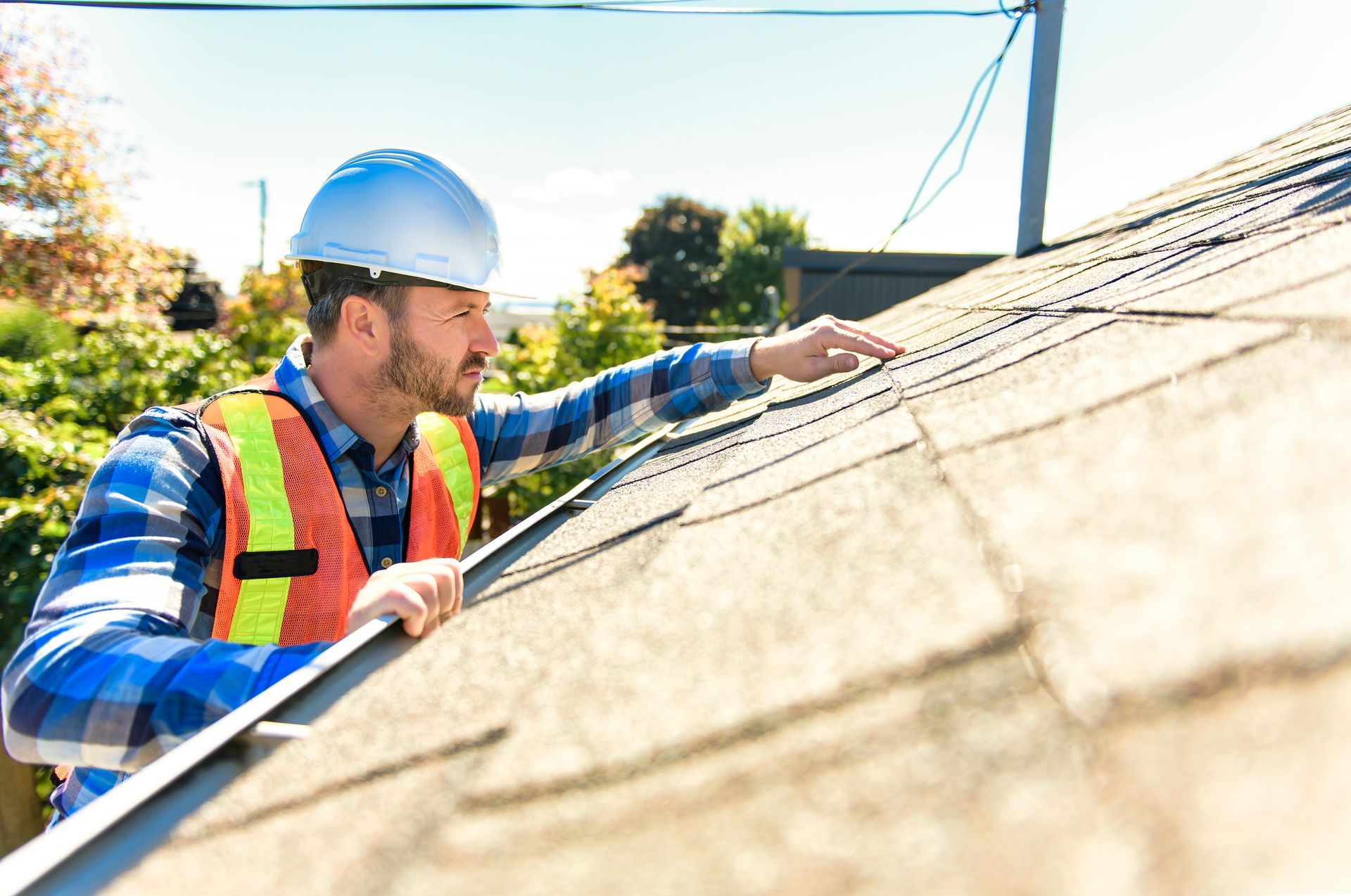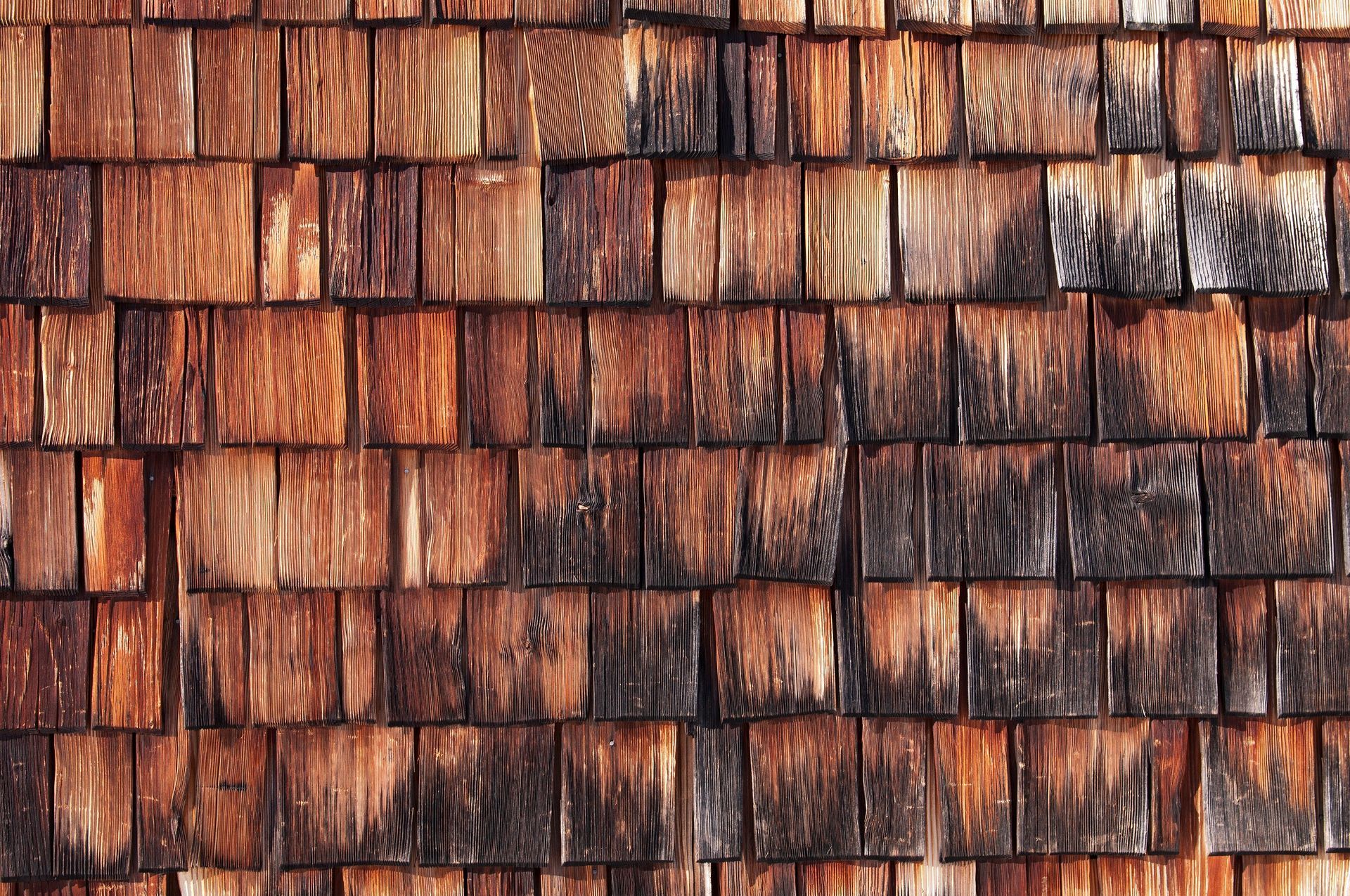How To Choose the Right Roofing Materials for Your Home in Oregon
Your roof stands as your home's first defense against the weather while also defining its look. When you invest in a new roof, you're making a decision which affects your home's protection, comfort, and value for decades to come. Choosing the right roofing materials for your home in Oregon requires understanding several key factors - from material properties to local weather conditions.
Your roof does more than block rain and snow - it also plays a crucial role in your home's energy efficiency. A well-chosen roof helps maintain comfortable indoor temperatures and reduces your monthly energy costs through better insulation and ventilation.
Types of Roofing Materials
Asphalt Shingles
Asphalt shingles remain the most common choice for American homes, offering a balance of performance and affordability. These shingles provide reliable protection and come in various styles to match any home design. If a section gets damaged, roofers can replace individual shingles without disturbing the entire roof.
Material cost: $4 – $12 per square foot
Lifespan: 15 – 20 years
Pros
- Most economical option
- Easy to install and repair
- Wide variety of colors and styles
- Suitable for most roof pitches
Cons
- Shorter lifespan than other materials
- Less durable in extreme weather
- Limited insulation properties
- Quality varies significantly between brands
Architectural/Dimensional Shingles
Architectural shingles offer enhanced durability and visual appeal compared to standard asphalt shingles. They create more dimension and shadow lines on your roof, adding character to your home's appearance. These premium shingles resist weather damage better than standard versions.
Material cost: $100 – $250 per square
Lifespan: 20 – 30 years
Pros
- Better durability than standard asphalt
- Strong wind resistance
- Better warranty coverage
- Enhanced aesthetic appeal
Cons
- Higher cost than standard asphalt
- Heavier weight requires strong roof structure
- Installation costs more
- Limited color changes over time
Metal Roofing
Metal roofing represents a premium choice with exceptional longevity. The surface reflects sunlight to keep your home cooler in summer, while the smooth texture helps snow slide off in winter. This versatile material suits both modern and traditional home styles.
Material cost: $100 – $800 per square
Lifespan: 30 – 80 years
Pros
- Exceptional durability
- Fire resistant
- Energy efficient
- Low maintenance
Cons
- High initial cost
- Installation requires specialized skills
- Noise during rain or hail
- Denting possible from severe impacts
Tile Roofing
Clay or concrete tiles offer distinctive style and excellent durability. These materials excel in hot weather and create excellent airflow between the roof and decking. Before choosing tile, your home needs a structural assessment due to the material's weight.
Material cost: $300 – $2,500 per square
Lifespan: 30 – 200 years
Pros
- Outstanding durability
- Excellent fire protection
- Low maintenance needs
- Unique architectural appeal
Cons
- Extremely heavy
- Complex installation
- Brittle - can break under impact
- Limited color options
Wood Shakes
Wood shakes provide natural beauty and character that manufactured materials cannot match. They weather to a distinguished gray color and offer good insulation properties. Cedar remains the top choice for wood roofing due to its natural resistance to decay.
Material cost: $300 – $700 per square
Lifespan: 25 – 30 years
Pros
- Natural appearance
- Good insulation properties
- Wind resistant
- Impact resistant
Cons
- Regular maintenance required
- Fire hazard without treatment
- Prone to mold and rot
- Not suitable for wet climates
Slate/Stone
Natural slate provides unmatched durability and elegance. Each stone has subtle color variations and textures, creating a unique appearance. The material resists fire and requires minimal maintenance, though installation demands specialized expertise.
Material cost: $600 – $1,600 per square
Lifespan: 50 – 200 years
Pros
- Longest-lasting roofing material
- Completely fireproof
- Low maintenance
- Increases home value
Cons
- Highest initial cost
- Few contractors qualified to install
- Brittle under impact
- Difficult to repair
Oregon Weather Impact on Roofing
Oregon's climate presents unique challenges for roofing materials. Our wet winters and increasingly warm summers demand materials offering superior water resistance and temperature management.
Your roof needs to handle:
- Extended periods of rainfall
- Occasional snow and ice
- Summer heat waves
- Temperature fluctuations
- Moss and algae growth
Consider materials proven to perform in Pacific Northwest conditions. Metal and architectural shingles often work well here, providing excellent water resistance and ventilation.
Cost Analysis and Durability
When evaluating roof costs, think beyond the initial price tag. Break down expenses into yearly costs to make fair comparisons. A more expensive roof often costs less per year due to longer life and reduced maintenance needs.
Annual cost calculation example:
Total installation cost ÷ Expected lifespan = Yearly cost
Add average yearly maintenance to find the true annual cost
Regular maintenance extends roof life regardless of material choice. Schedule inspections twice yearly - spring and fall - to catch minor issues before they become major problems.
Matching Style to Architecture
Your roof significantly impacts your home's exterior appearance. Take time to consider architectural harmony when selecting materials. A colonial-style home looks different with slate versus metal roofing. Research your home's architectural style and common roofing choices for similar houses.
Look at:
- Traditional material choices for your home style
- Neighborhood architectural themes
- Local historic district requirements
- HOA regulations where applicable
Energy Impact
Roofing choices affect your home's energy performance throughout the year. Light-colored materials reflect more sunlight, reducing cooling needs in summer. Proper ventilation prevents heat buildup in your attic, while adequate insulation keeps conditioned air inside.
Consider these energy-saving features:
- Material reflectivity
- Ventilation design
- Insulation requirements
- Color choices for your climate
Expert Help Matters
Selecting the right roof involves balancing multiple factors specific to your situation. At Living Hope Roofing, we understand Oregon homes and weather patterns. Our experience helps guide you through material selection, considering your budget, home style, and local building requirements.
Take Action
Make an informed roofing decision with professional guidance. Call
Living Hope Roofing at
(503) 713-1837 for a consultation. We'll assess your needs, explain suitable options, and provide a detailed estimate. Your home deserves a roof that offers protection, efficiency, and lasting value.











